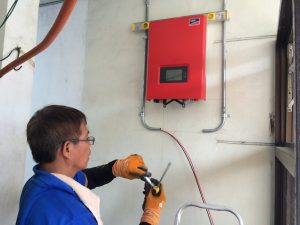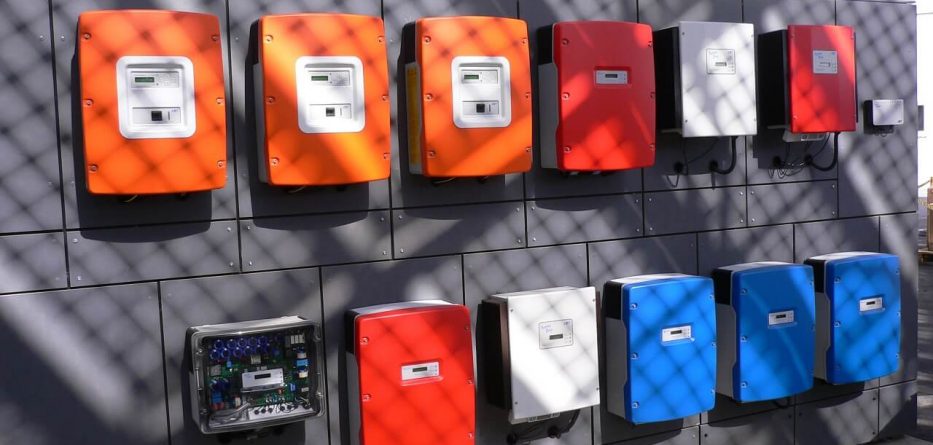Inverters play an integral internal role in most of the tech gadgets that you own. This crucial component powers electrical equipment through the use of AC voltage, thus allowing it to produce DC power in a safe and secure manner.
Unfortunately, inverters are liable to suffer from complications from time to time. Fear not, however, as there are ways in which you can prevent and repair these issues.
Here are three common inverter faults that you can fix:
Contents
Overvoltage
If you force your inverter to perform too many tasks on a regular basis, it will be liable to suffer from what is known as overvoltage. As its name suggests, this is an issue that arises when the electrical current reaches its maximum capacity and surpasses the mains voltage threshold. Should your inverter ever suffer from this complication, it could very well overheat and explode at any second. This could end up causing serious damage to anybody who is situated near your inverter at the time of the explosion, which is why you must attempt to handle this plight in an efficient and effective fashion.
To combat overvoltage, you’re going to need to invest in a varistor voltage-dependent resistor. This two-terminal electronic component will actively clamp down on your voltage to ensure that it doesn’t exceed its regulated threshold. Ultimately, this will help to protect your inverter from overvoltage transients.

Undervoltage
When it comes to voltage, it’s important that you find the perfect balance. Overvoltage isn’t the only issue that you face in this instance; Undervoltage is just as common and can be just as dangerous. This particular problem arises when the circuit’s DC voltage reaches a low intermediate level. It can be caused by a number of problems, some of which include:
1. Missing supply voltage
2. Blown fuses
3. Faulty isolator
4. Internal rectifier bridge fault
5. Low mains voltage
To fix Undervoltage issues, it’s imperative that you check your incoming voltage levels on a regular basis. If you don’t have any experience in the field of electrics, be sure to align yourself with an expert in this instance. For advice on how to find yourself a reputable electrician, be sure to click here.
Earth fault
Inverters operate on a 24/7 basis. Electricity currents are constantly flowing through them, which means that they don’t get any downtime. Sometimes, this results in the flow of electricity becoming imbalanced, which in turn can have an adverse effect on the device’s insulation resistance. Ultimately, this gives way to what is commonly referred to as an earth fault.
To fix an inverter earth fault, you must:
1. Check the insulation resistance of your inverters motor and cabling on a regular basis
2. Audit your motor cable circuit to ensure that there aren’t any power factor correction capacitors disturbing it
3. Invest in a smaller cable, as this will lower the likelihood of capacitance issues arising
Inverters are liable to suffer from a whole host of faults and complications. If you put the above advice into practice, you will have the capacity to prevent and fix these issues on a regular basis.








